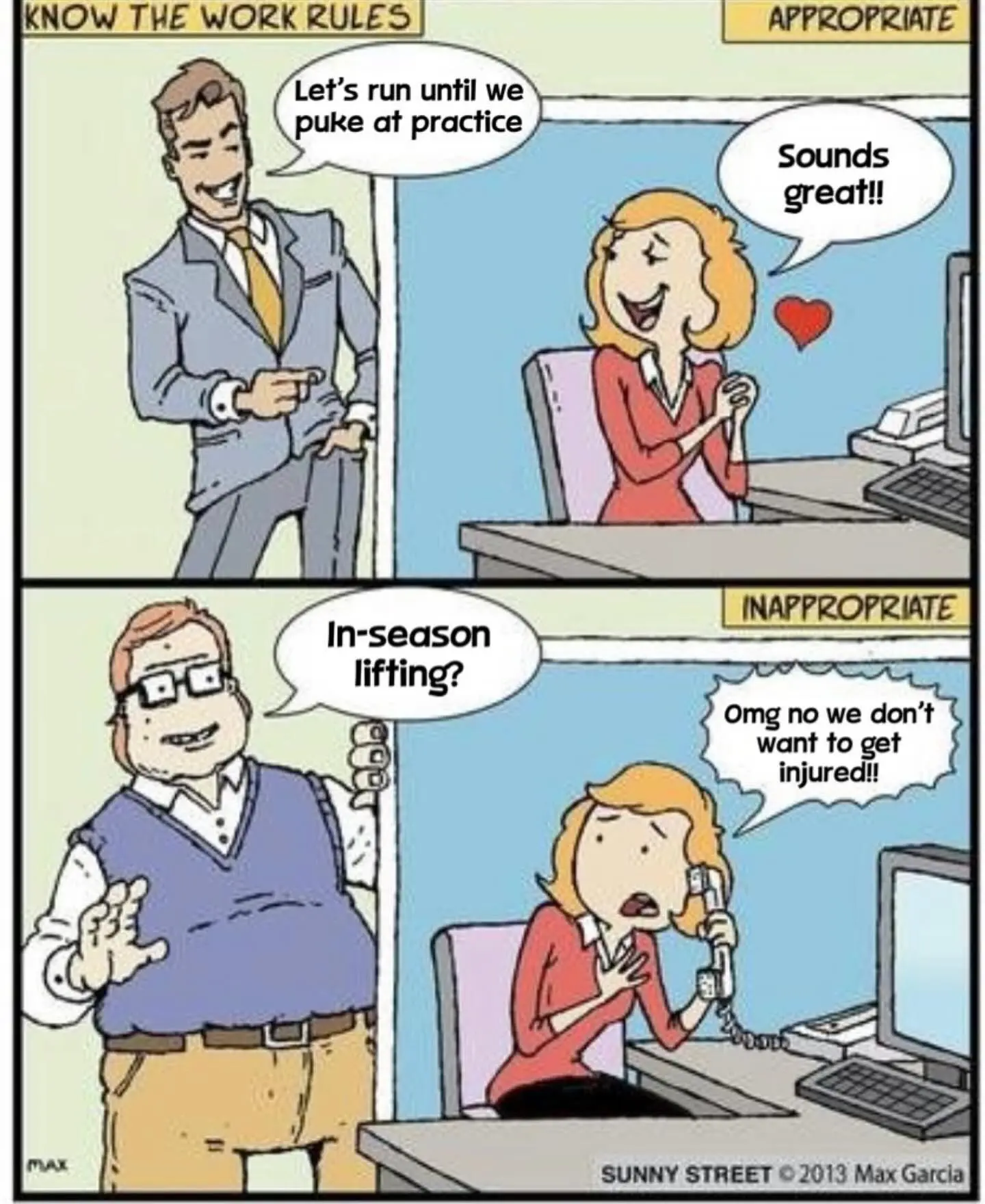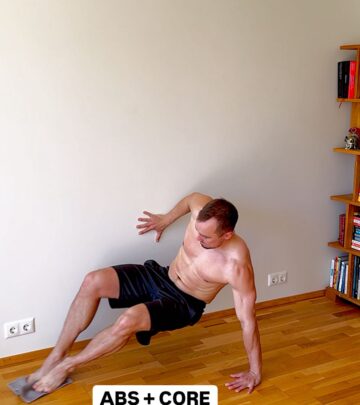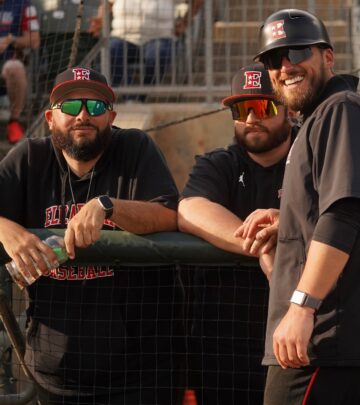Conditioning Overuse Sparks Strength Training Debate
Double standards: Over-conditioning risks injury if strength training is ignored: Boost up!

Image: Instagram
In a recent statement that has stirred discussion among athletes and fitness enthusiasts, Gerry DeFilippo of Challenger Strength weighed in on the contrasting consequences of different training methods. The message was clear: while lifting heavy weights might lead to injuries if done improperly, non‐stop conditioning can also cause long-term damage. The debate underscores that neglecting strength training in favor of continuous conditioning is a double-edged sword that many in the sports community must reckon with.
Double Standard In Training
The conversation got started when Gerry DeFilippo shared his thoughts on social media. His caption stated, “The double standard never fails to amaze me. Somehow, lifting gets you hurt, but nonstop conditioning is no problem. Newsflash: the nonstop conditioning & overuse will get you hurt & if you don’t strength train, you’ll be weak & get hurt as well. Listen up!!” This message challenges a widely held assumption among some athletes who may believe that only high-intensity weightlifting bears significant injury risks. The reality, according to Gerry, is that over-conditioning—pushing through with endless cardiovascular or repetitive drills without incorporating proper strength work—can contribute to similar, if not greater, injury risks over the long haul.
It is an issue that has practical implications not only for professional sports but also for everyday training regimes. Several training experts agree that maintaining a balance between conditioning and strength training is essential. In various Instagram posts, fitness influencer Julian Locasto has also emphasized that overemphasis on one form of training without the other can be dangerous. His posts include a range of exercises from plyometric drills to rapid, explosive movements, each highlighting that training should be multifaceted to promote real athletic development and injury prevention.
Strength Training Essentials
DeFilippo’s remark comes at a time when athletes are increasingly evaluating their training regimes. Strength training isn’t just about boosting performance for the sake of aesthetics or athletic prowess—it is a critical component for building muscle resilience and fortifying joints. Without strength work, athletes may be setting themselves up for weakness and a higher propensity for injuries, even if their conditioning appears top-notch.
Julian Locasto’s body of work on Instagram further illustrates this point. In one of his recent posts, he detailed a comprehensive list of plyometric drills designed to “build INSANE athleticism.” Locasto’s approach includes exercises like drop jumps, maximal bilateral pogo jumps, and repeat broad jumps—all of which are excellent for explosive power but must be performed alongside proper strength exercises to avoid overuse injuries. His argument is supported by numerous studies that emphasize the role of strength training in injury prevention. Many fitness professionals advocate for a balanced approach, suggesting that strength building exercises not only improve performance outcomes but also provide a protective barrier against the kind of injuries that result from repetitive conditioning drills.
Lessons From Julian Locasto’s Posts
Julian Locasto’s Instagram feed has recently been buzzing with training tips that resonate with the current debate. In one post, he warned, “I hate to be the bearer of bad news, but you’re looking for an injury if you stop training in-season… Don’t believe me? Google search ‘strength training & injury prevention’ & take a scroll through the countless studies.” This post bridges the gap between anecdotal evidence and academic research, underlining the message that specialty training and conditioning must work in tandem.
Other posts from Locasto share methods to enhance upper body power and agility, emphasizing that explosive training should be paired with controlled, heavy lifts to maintain a proper balance. There is a clear pattern: the training environment today is not about favoring one method over the other, but rather incorporating elements from both to cultivate strength, balance, and endurance. This balanced approach also reassures young athletes who are in the process of developing their fundamental skills. Locasto’s advice, “Stop overcomplicating things!” speaks directly to the essence of this debate—simplicity with purpose is key.
Fitness experts argue that the conditioning phase provides the cardiovascular and endurance benefits necessary for sustained performance on the field, track, or court, while strength training delivers the muscle fortitude required for power and injury resistance. In many cases, athletes who neglect strength work may experience a false sense of security because their conditioning appears to be at peak levels, even as underlying weaknesses go unaddressed.
Balancing Conditioning And Strength
This discussion is a timely reminder that in the realm of athletic training, no single approach suffices. While conditioning is vital for improving overall endurance, it must be complemented by resistance training to ensure that the body is adequately protected against overuse injuries. Coaches, trainers, and athletes alike are now re-examining their routines in light of these insights. The emphasis should be on a well-rounded program that values both explosive movements and the slower, stabilizing effects of strength work.
In conclusion, the comments from Gerry DeFilippo, supported by insights from Julian Locasto’s training philosophy, highlight an important truth in sports training: over-conditioning without strength training is a risky proposition. For athletes at any level, the message is clear—balance is essential. By integrating strength training into their routines, athletes not only protect themselves from injuries but also build a solid foundation for long-term performance improvements.
Conclusion
The debate on training methodologies underlines that no aspect of athletic preparation should be neglected. Strength training is as critical as conditioning, and ignoring it can be a costly mistake. As the conversation continues among trainers and athletes, the consensus is emerging: a balanced training approach ensures both optimal performance and injury prevention.
Read full bio of Manjari Uppal














